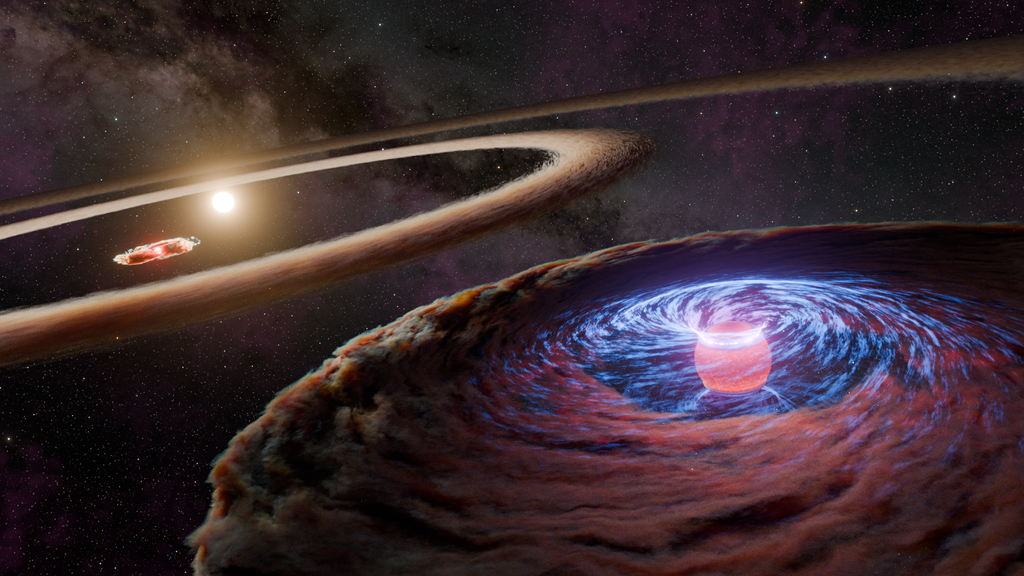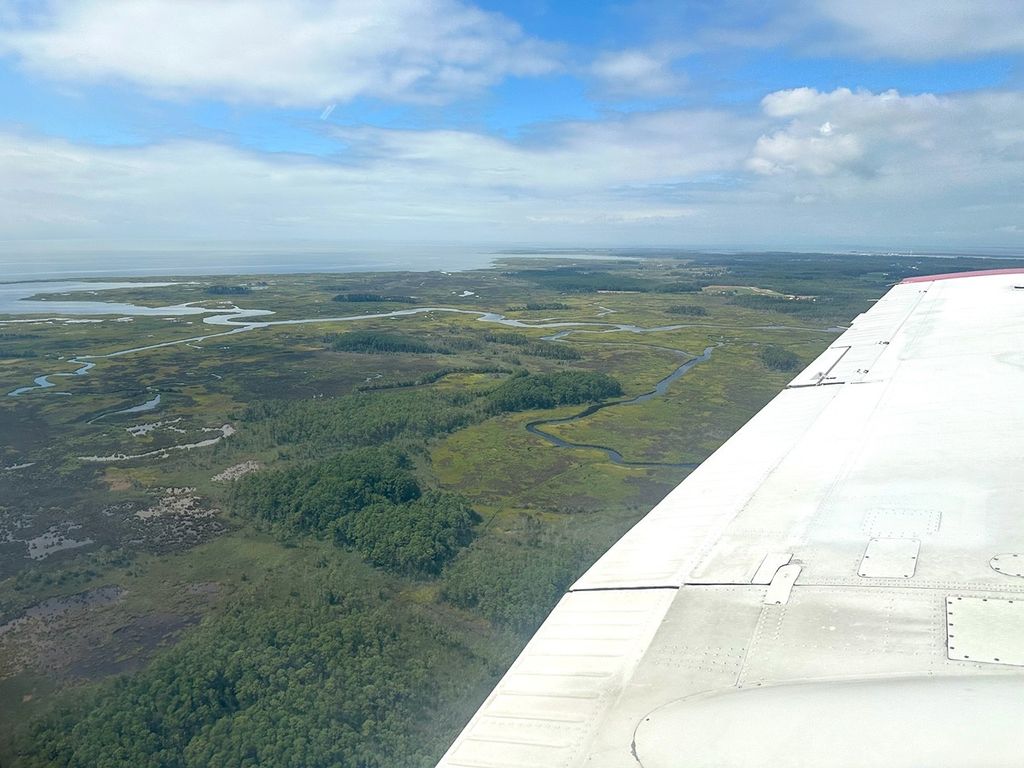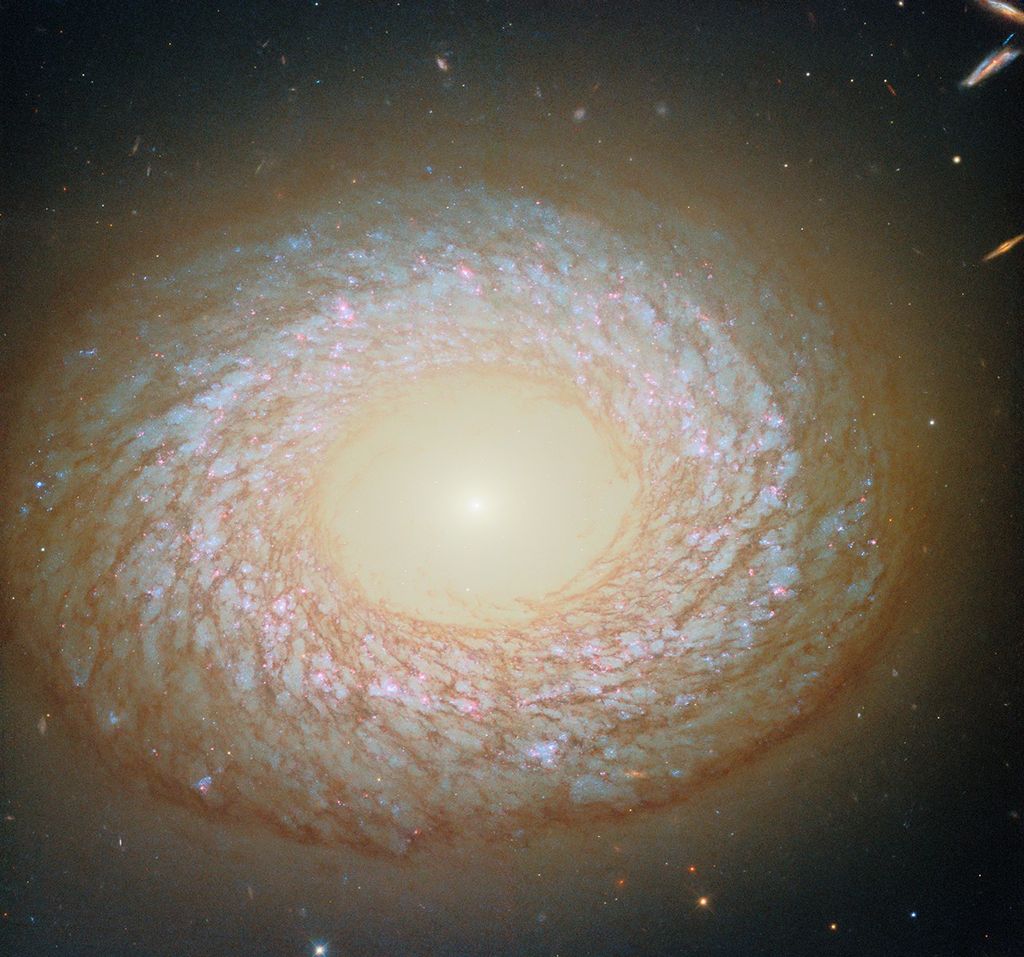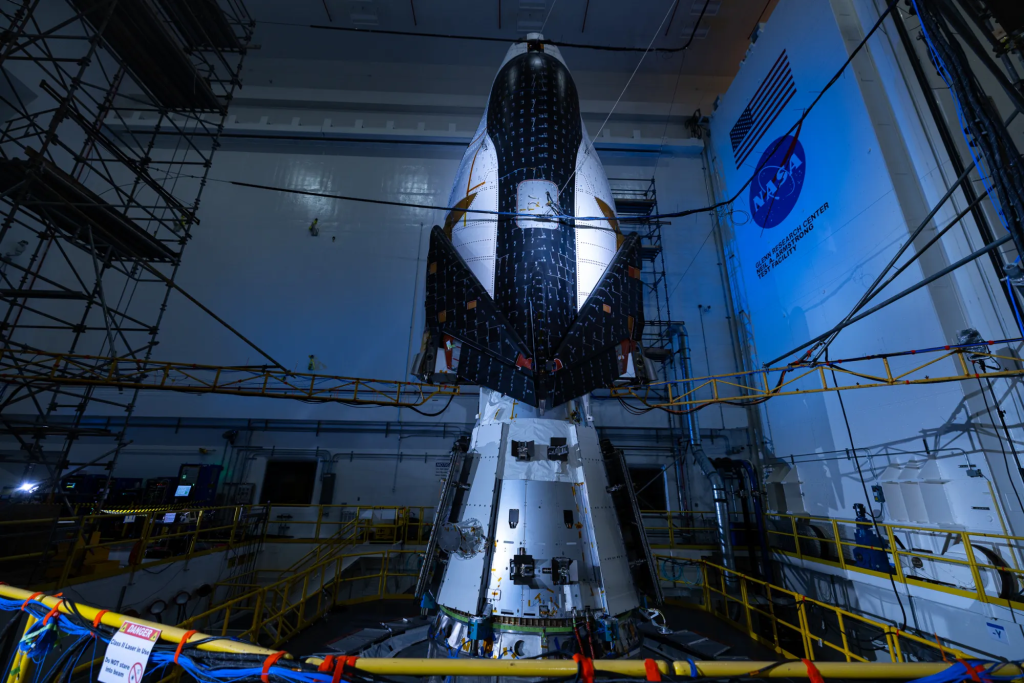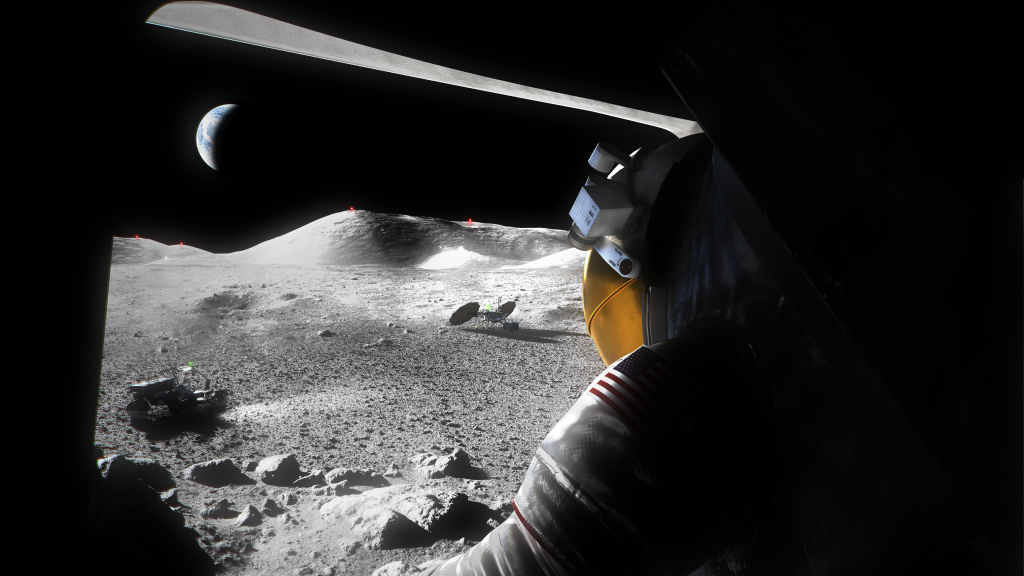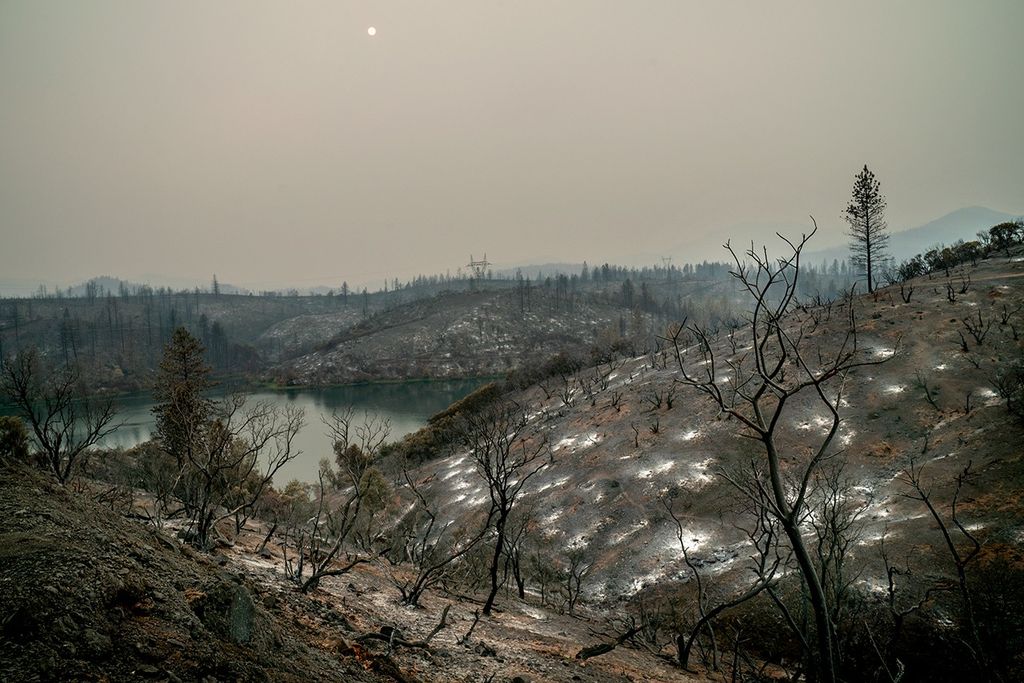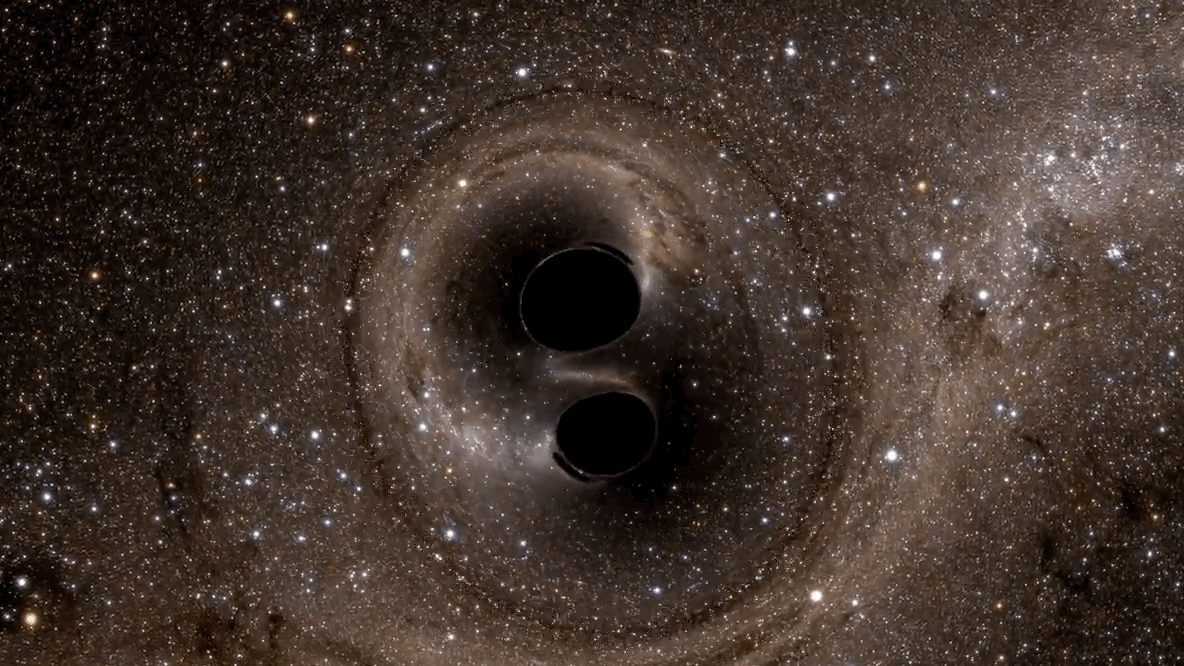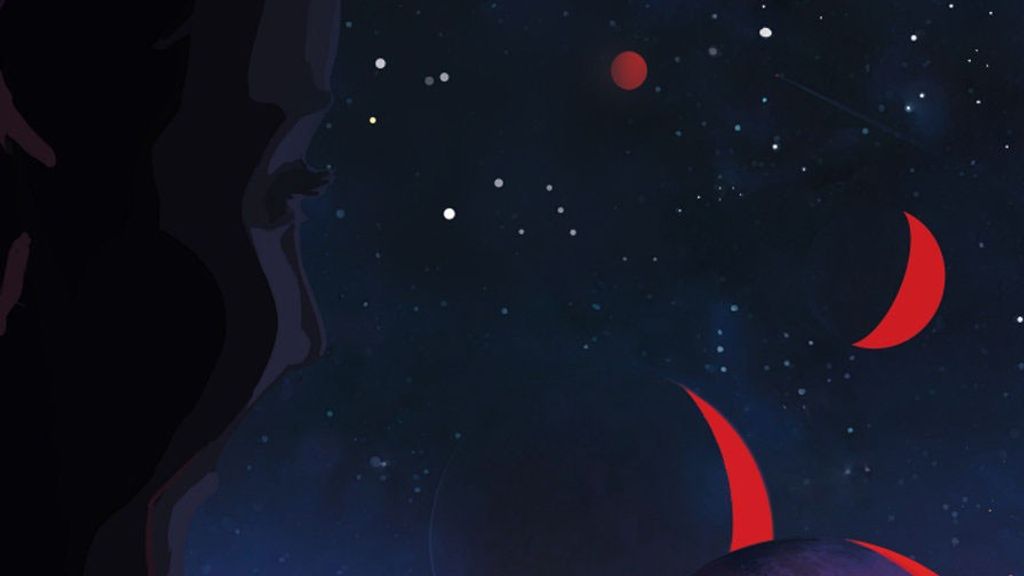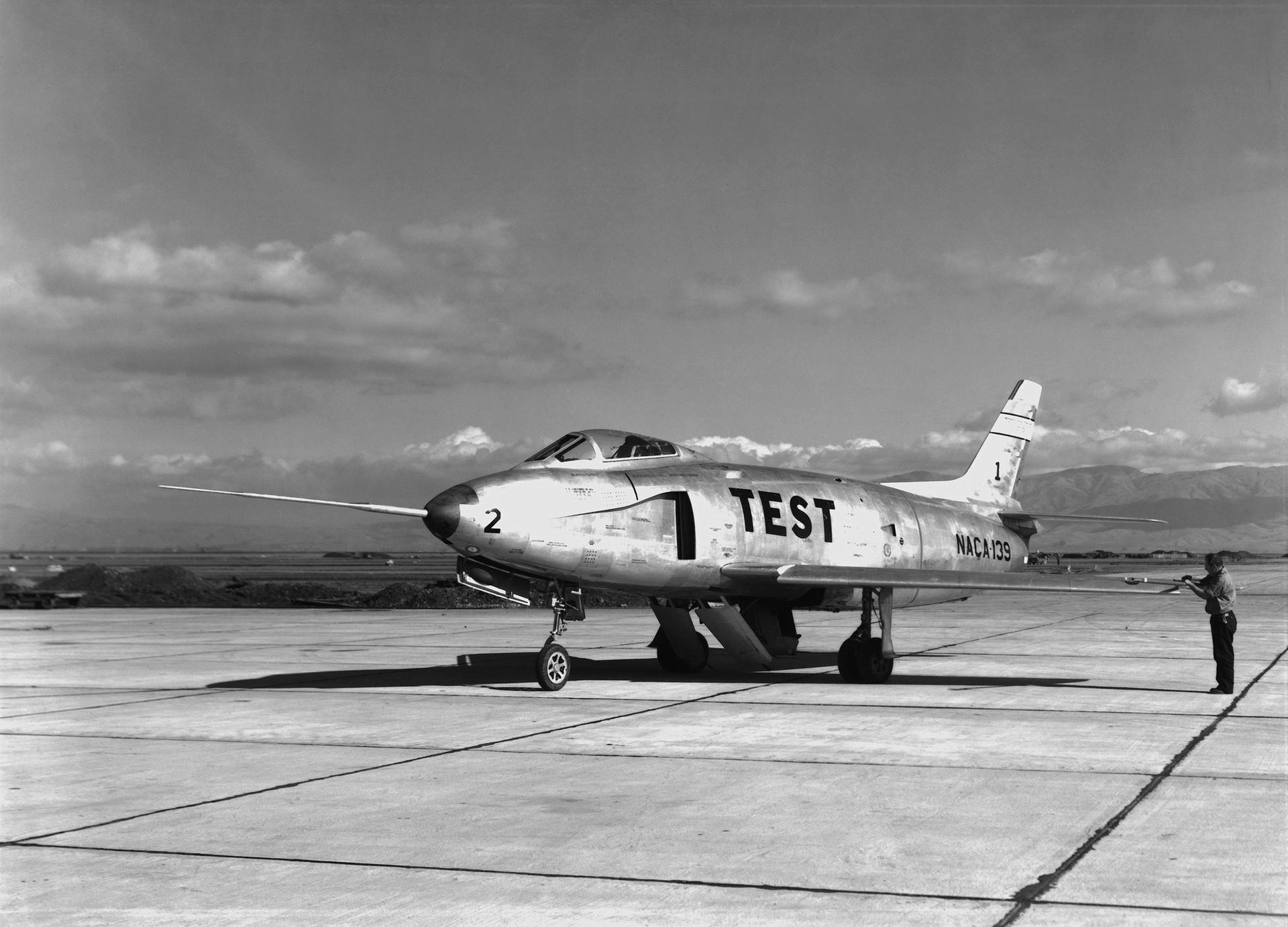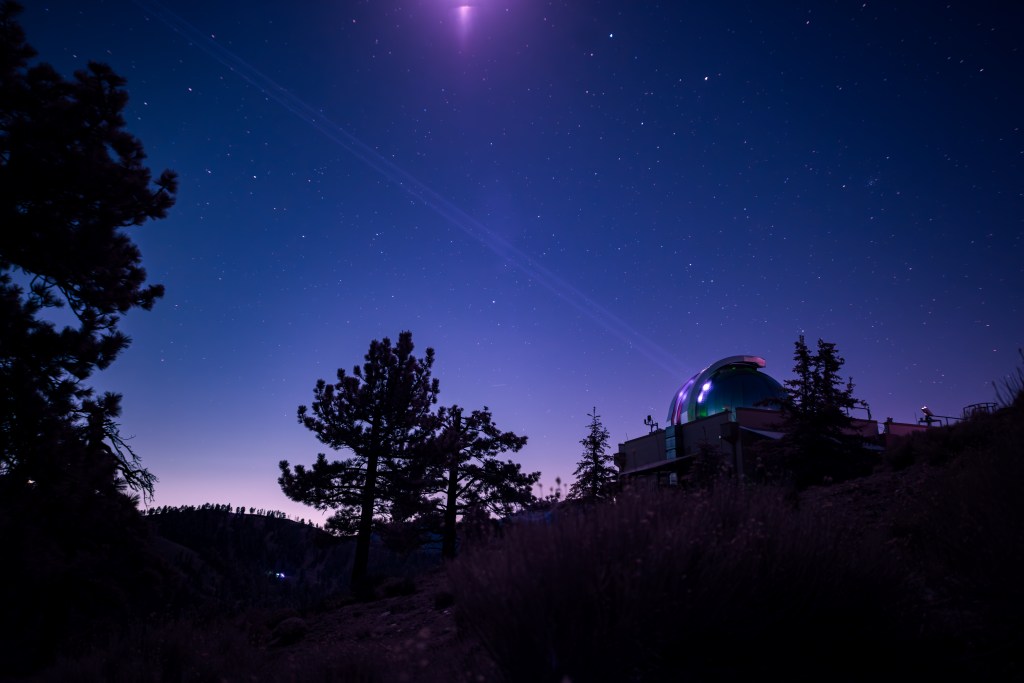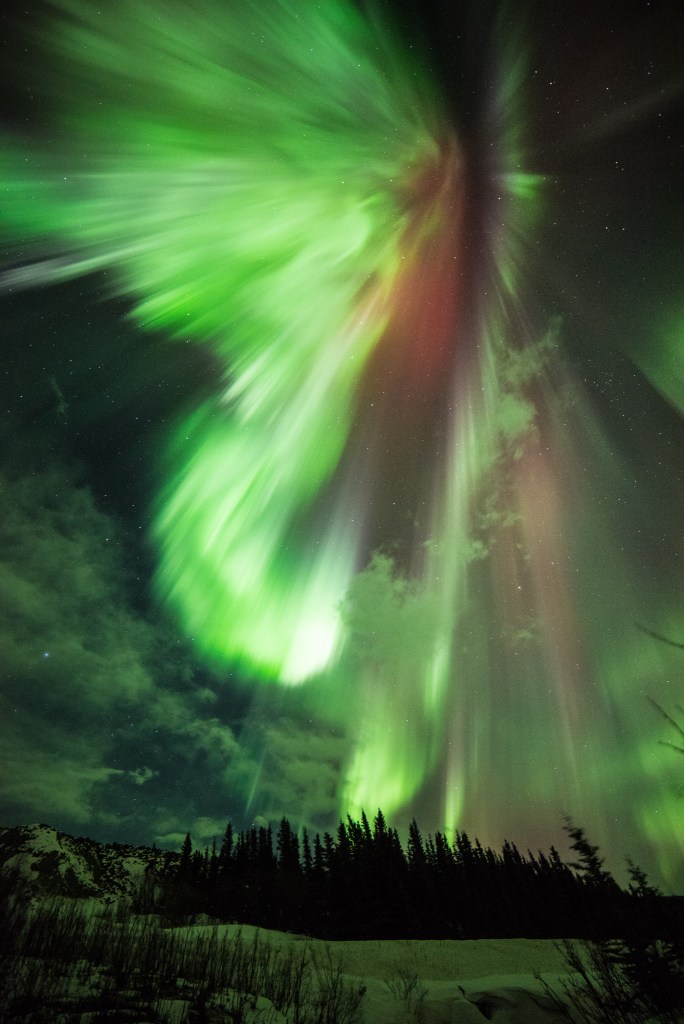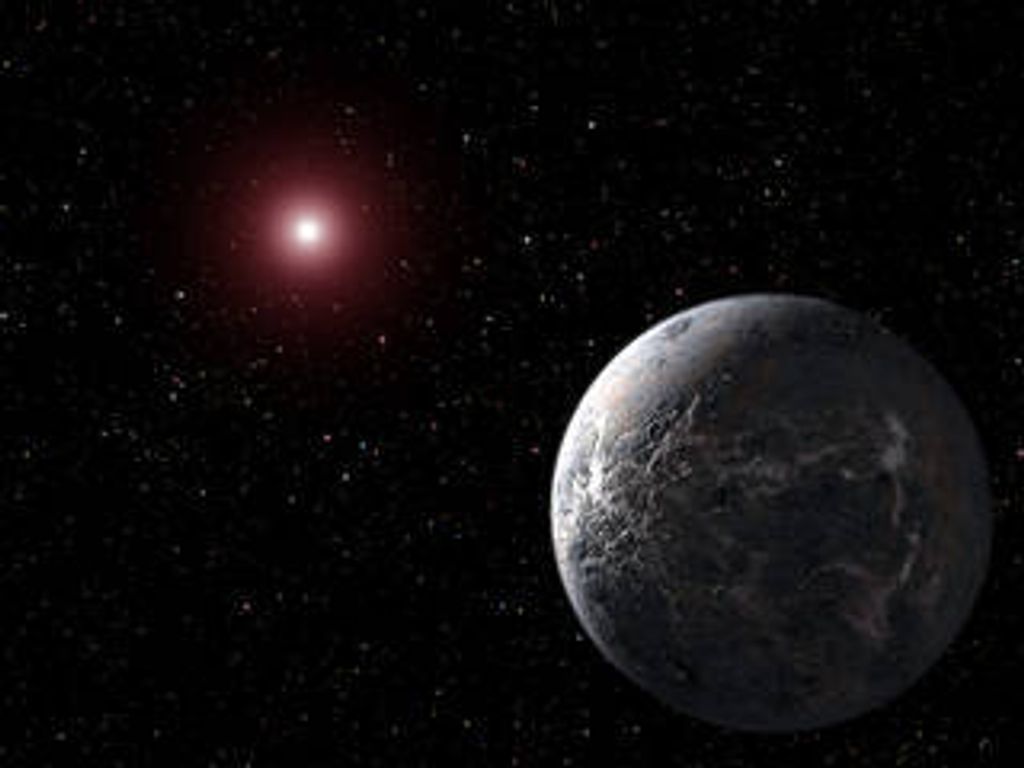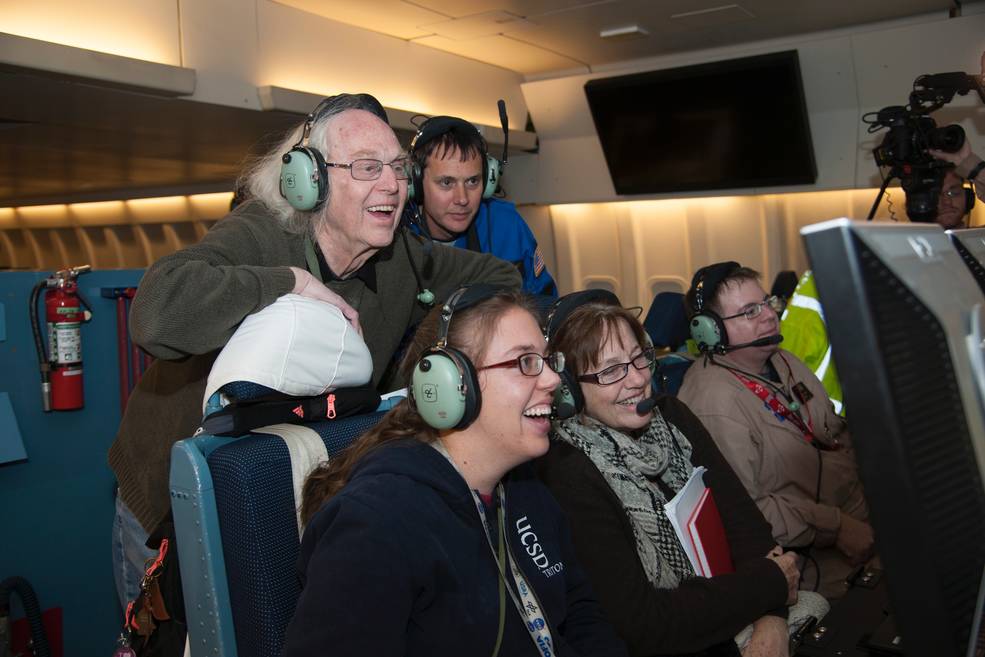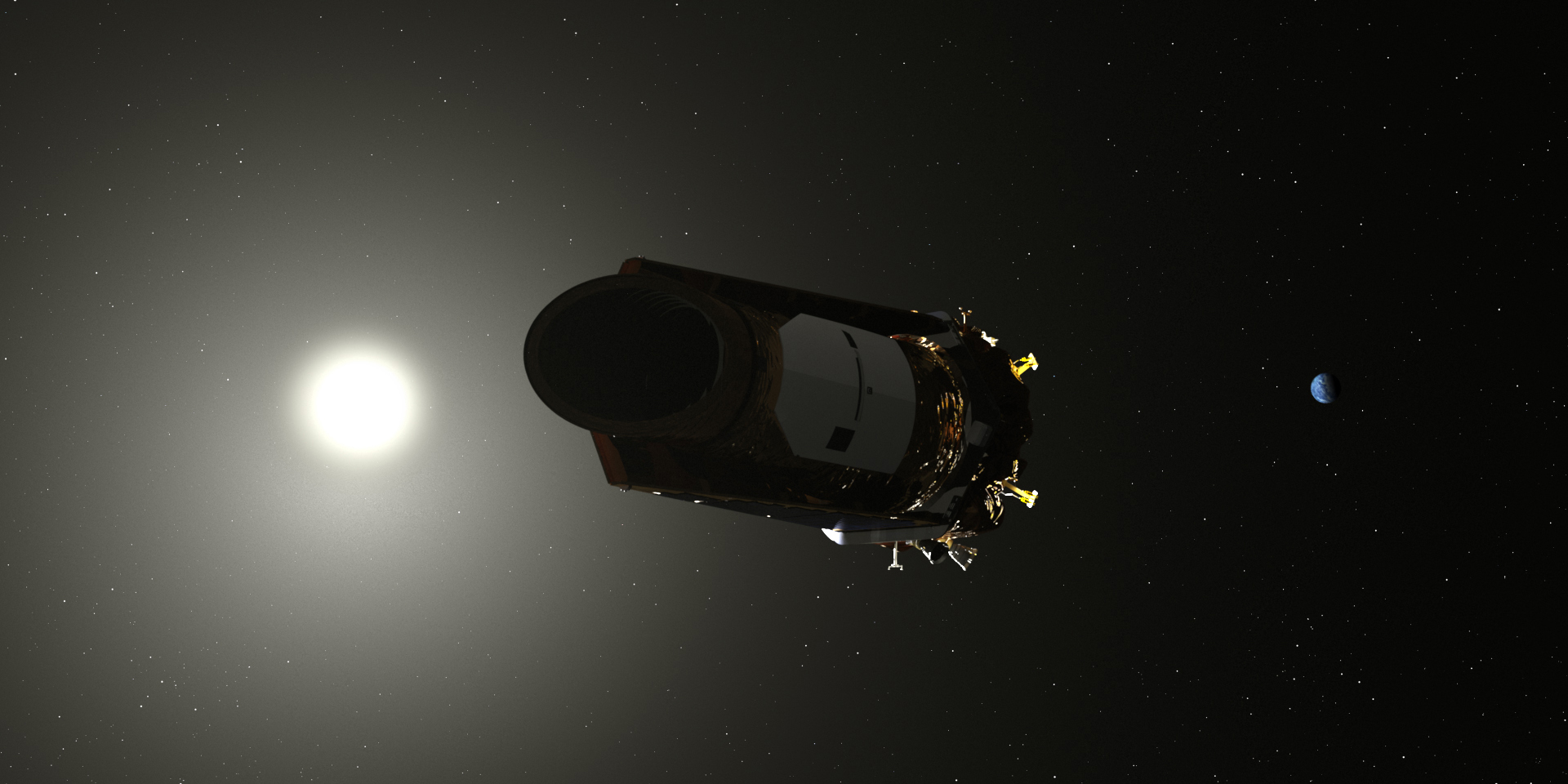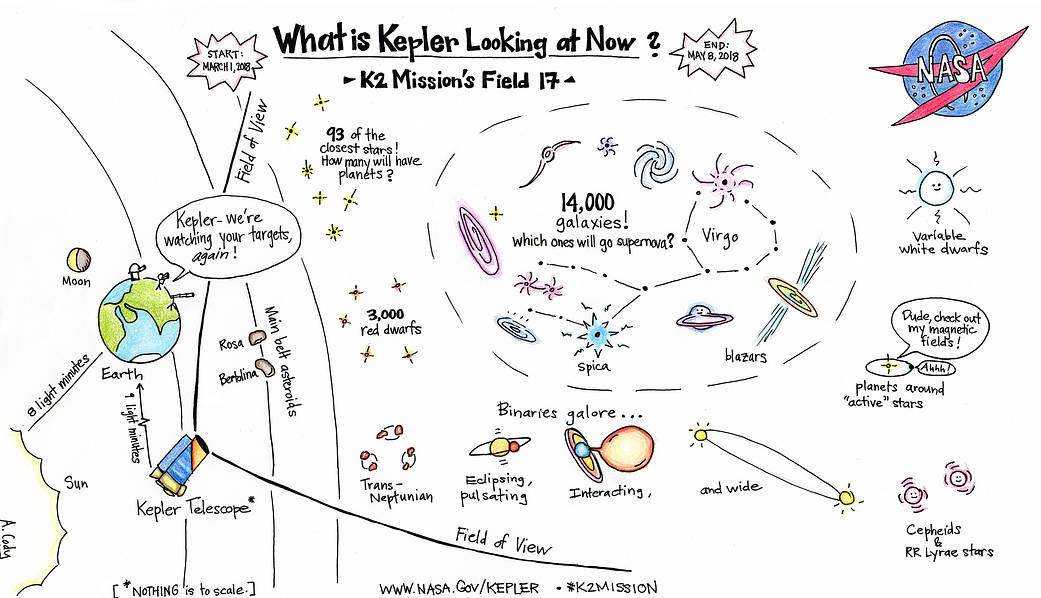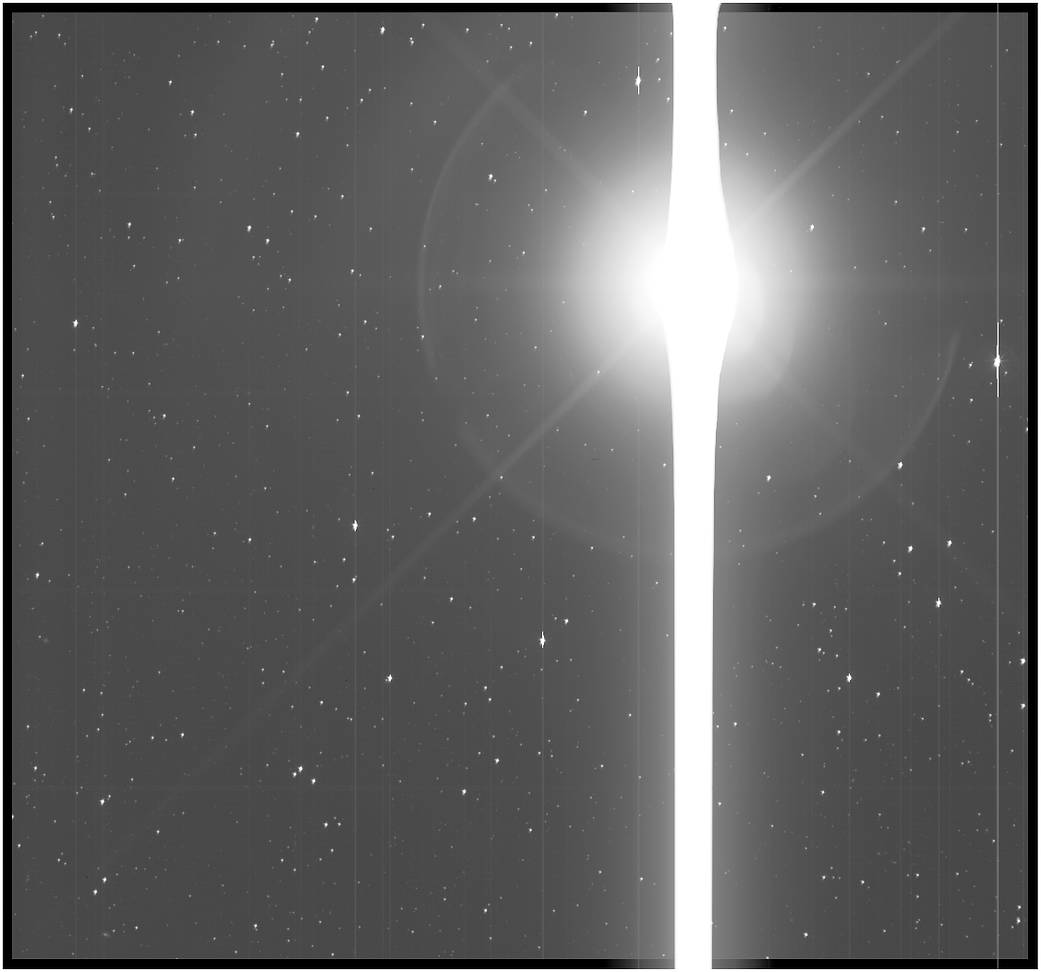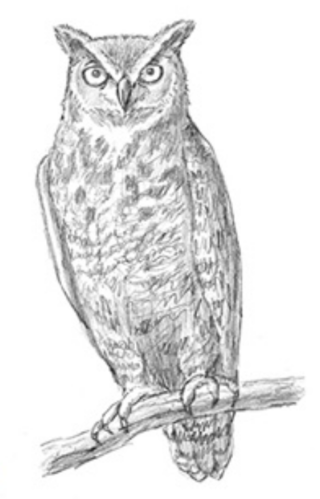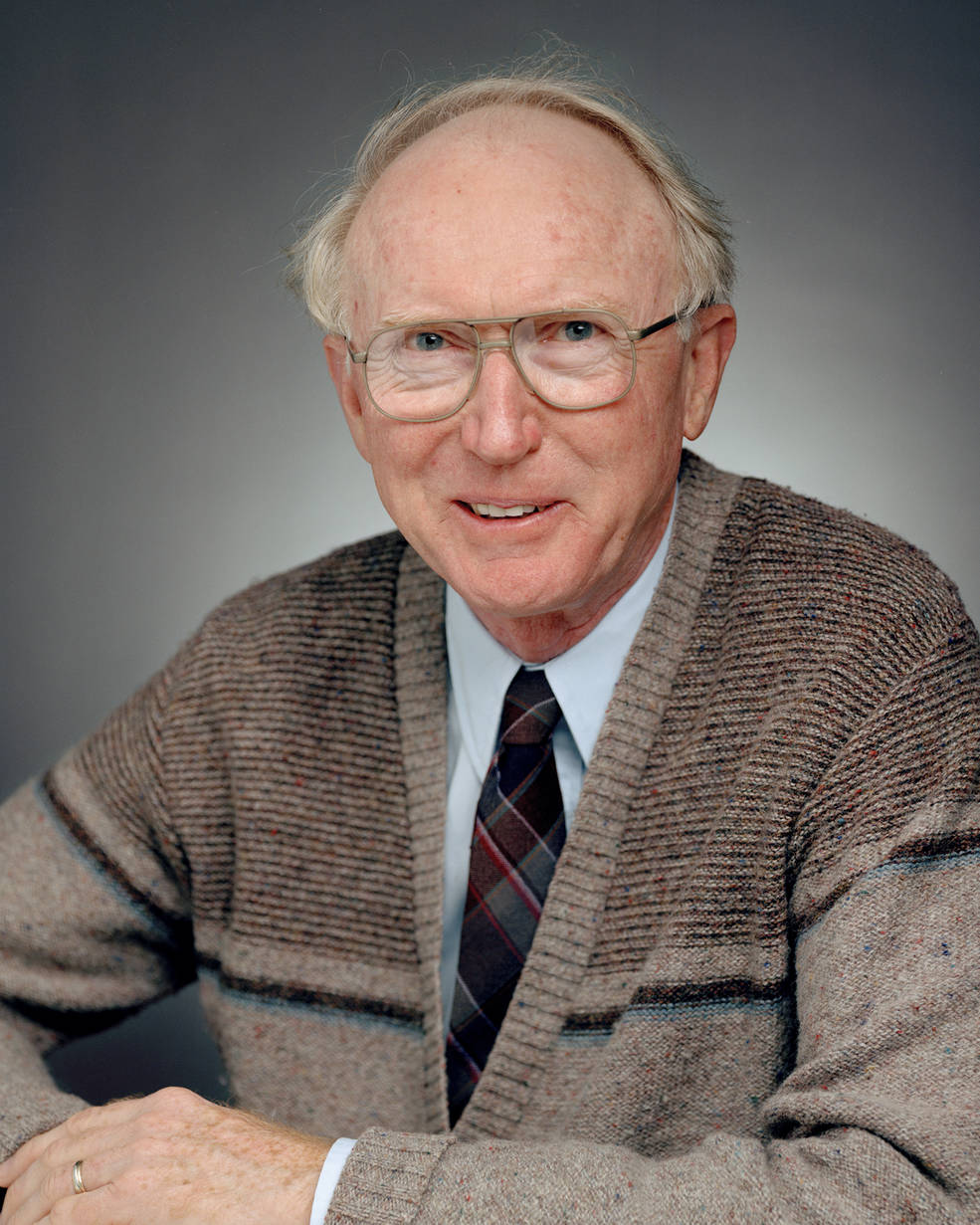AAS Awards Henry Norris Russell Lectureship to Becklin, SOFIA Senior Advisor
by Kassandra Bell
The American Astronomical Society (AAS) awarded the Henry Norris Russell Lectureship to Eric Becklin, senior science advisor for SOFIA, the Stratospheric Observatory for Infrared Astronomy. The lectureship is awarded annually based on “a lifetime of eminence in astronomical research and for his leadership role in turning infrared astronomy into a fundamental tool for understanding astronomy and astrophysics.”
Becklin presented the lecture, “Fifty-four Years of Adventures in Infrared Astronomy,” at the AAS’ winter meeting on January 11, 2018. As SOFIA’s senior science advisor, Becklin works to ensure that telescope and instrument design and operation are meeting the observatory’s goals. “Eric Becklin has been at the forefront of infrared astronomy since the mid-1960s,” said USRA President and CEO Jeffrey Isaacson. “His leadership within the infrared community has been a guiding force in the proposal and development of SOFIA and in establishing the USRA-operated SOFIA Science Center at NASA’s Ames Research Center in California’s Silicon Valley.”
For full story, see: BecklinAASAward
AA for Aeronautics, Jaiwon Shin, Discusses ARMD Budget Update, Future Plans
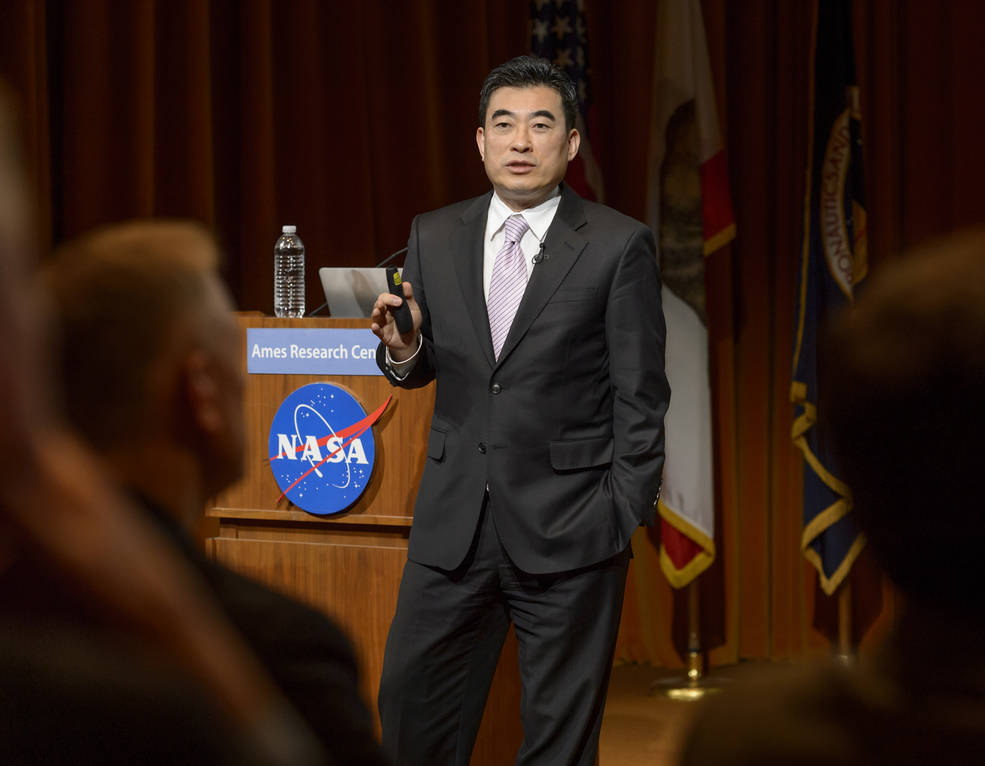
NASA’s Kepler Spacecraft Nearing the End as Fuel Runs Low
by Alison Hawkes
Trailing Earth’s orbit at 94 million miles away, the Kepler space telescope has survived many potential knock-outs during its nine years in flight, from mechanical failures to being blasted by cosmic rays. At this rate, the hardy spacecraft may reach its finish line in a manner we will consider a wonderful success. With nary a gas station to be found in deep space, the spacecraft is going to run out of fuel. We expect to reach that moment within several months.
In 2013, Kepler’s primary mission ended when a second reaction wheel broke, rendering it unable to hold its gaze steady at the original field of view. The spacecraft was given a new lease on life by using the pressure of sunlight to maintain its pointing, like a kayak steering into the current. Reborn as “K2,” this extended mission requires the spacecraft to shift its field of view to new portions of the sky roughly every three months in what we refer to as a “campaign.” Initially, the Kepler team estimated that the K2 mission could conduct 10 campaigns with the remaining fuel. It turns out we were overly conservative. The mission has already completed 16 campaigns, and this month entered its 17th campaign.
For full story, see: KeplerMissionNearsEnd
Kepler Shifts Its View Toward Targets in the Constellation Virgo
The seventeenth observing campaign of the Kepler spacecraft’s K2 extended mission is now underway. The cartoon above illustrates some of the objects of interest that Kepler is observing for 68 days, from March 1 to May 8, 2018. The campaign has prospects for discoveries among more 30,000 objects in the direction of the constellation Virgo.
Earth is a Beaming Beacon in Kepler’s Eyes
by Alison Hawkes
Capturing images of our home planet from the perspective of faraway spacecraft has become a tradition at NASA, ever since Voyager, 28 years ago, displayed our “pale blue dot” in the vastness of space.
But the view of Earth from NASA’s Kepler Space Telescope is quite something else.
This Kepler image of Earth was recently beamed back home. Captured on Dec. 10, 2017 after the spacecraft adjusted its telescope to a new field of view, Earth’s reflection as it slipped past was so extraordinarily bright that it created a saber-like saturation bleed across the instrument’s sensors, obscuring the neighboring Moon.
For full story, see: EarthBeamingBeacon
Mountain View Elementary Students Speak with Astronauts on Space Station
by Kelly Humphries
Two astronauts living and working aboard the International Space Station spoke live with students at Monta Loma Elementary School, here in Mountain View, on March 2, 2018. The separate Earth-to-space calls aired live on NASA Television and the agency’s website. The students spoke with Expedition 55 astronauts Scott Tingle of NASA and Norishige Kanai of the Japan Aerospace Exploration Agency at 9:15 a.m. PST (bottom photo) and had the unique opportunity to pose questions directly to astronauts about life aboard the space station, NASA’s deep space exploration plans and doing science in space. Congresswoman Anna Eshoo and Ames Center Director Eugene Tu also were in attendance and spoke with the students (top two photos).
They prepared for the event by studying the space station, astronaut biographies and the current research and activities happening aboard the station. In addition, the Suverkrup students have added their names to NASA’s InSight Mars lander Names to Mars program and are preparing for a virtual field trip to the Red Planet.
These in-flight education downlinks are an integral component of NASA’s Year of Education on Station, which provides extensive space station-related resources and opportunities to students and educators. Linking students directly to astronauts aboard the space station provides unique, authentic experiences designed to enhance student learning, performance and interest in science, technology, engineering and mathematics (STEM).
Astronauts living on the orbiting laboratory are able to participate in these educational calls, and communicate 24 hours a day with the Mission Control Center at NASA’s Johnson Space Center in Houston, through the agency Space Network’s Tracking Data Relay Satellites.
Follow the astronauts on social media at: https://www.twitter.com/NASA_astronauts
WIN Presents Forum, “The Path to Success”
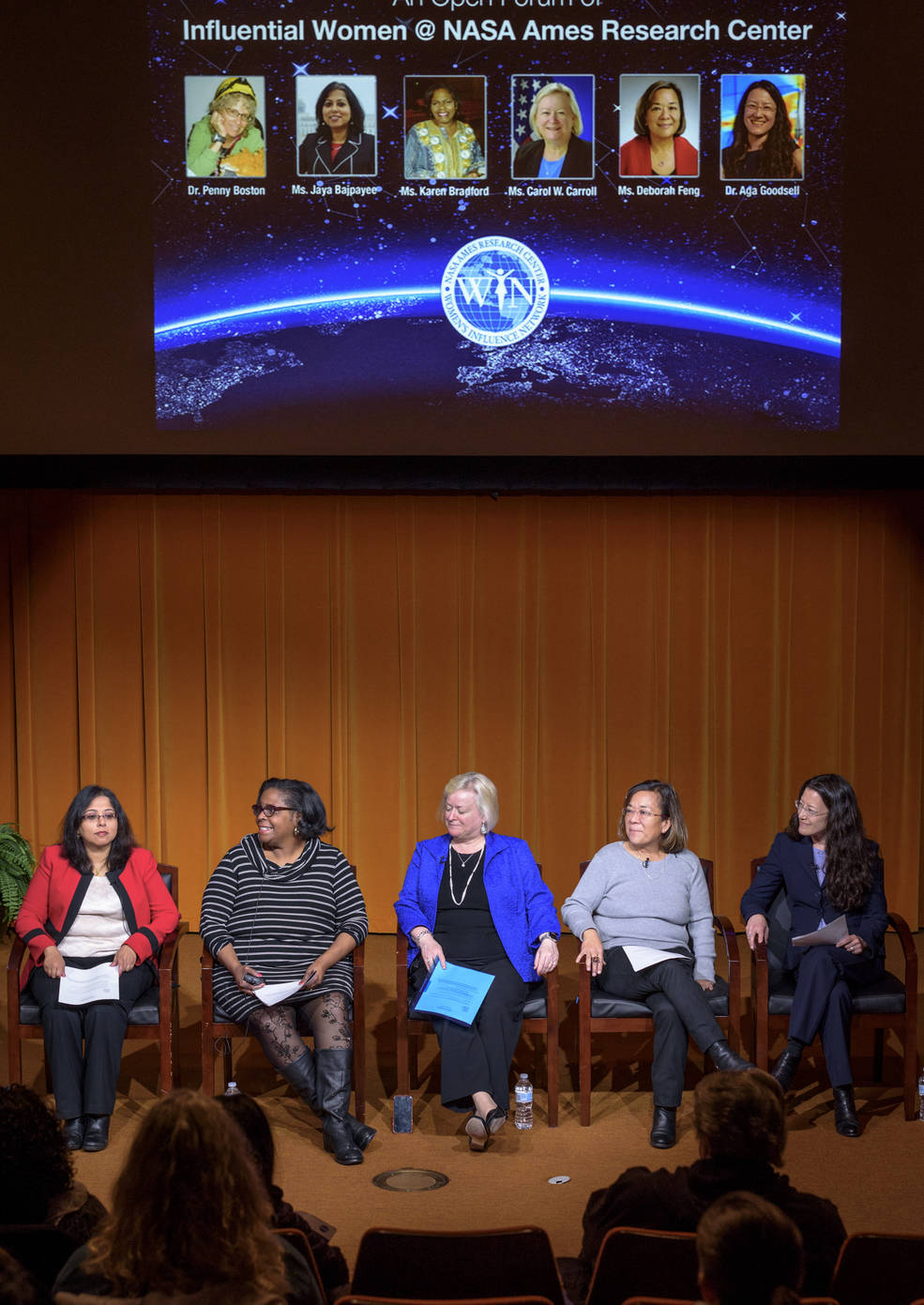
NASA ESD Program Managers Converge at Ames for Bi-Yearly Training
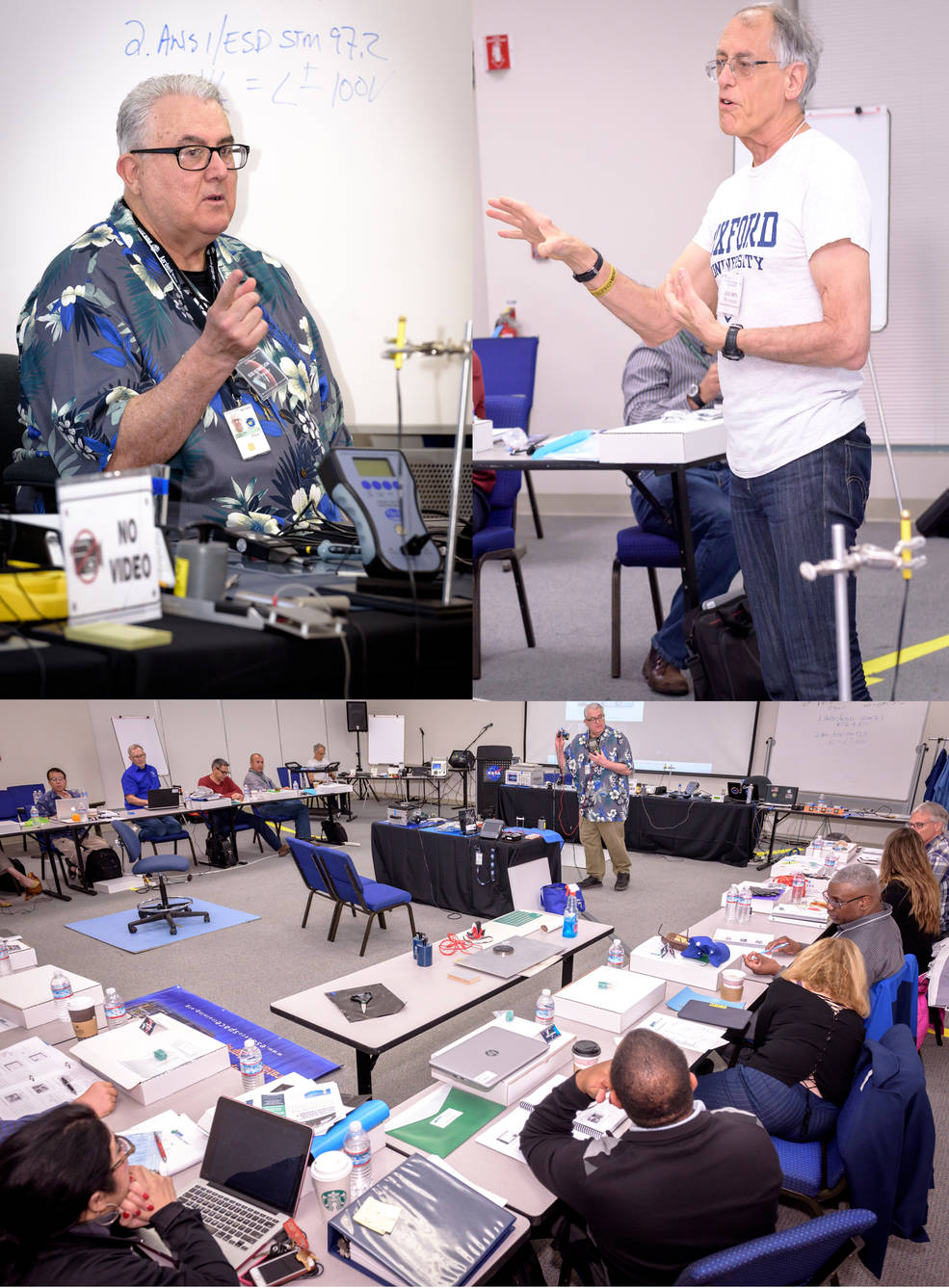
Ames’ Retiree Group – The Owl Feather Society
Would you enjoy renewing acquaintances with retired friends and colleagues from Ames? If so, perhaps you should consider becoming involved with the Owl Feather Society. The Owl Feather Society is a group of Ames retirees who meet quarterly to renew acquaintances over lunch and to listen to a presentation usually on an Ames-related technical topic.
The name of the group was chosen to honor Harvey Allen’s last research project while he was director of Ames. Harvey observed that an owl swoops down on its prey in total silence. He also noted the silence was apparently due to small protruding feathers at the leading edge of the owl’s wing and his research was directed toward determining whether aircraft could be silenced in a similar manner. The society specifically honors Harvey Allen who represented the best in technical excellence.
Former Ames Director Hans Mark inspired the idea for forming a group of retirees with the goal of critiquing Center programs and how they were carried out. However, Hans was appointed to a position in the Department of Defense before any substantive action was taken. Following that, Jack Boyd made an attempt to form a group of retirees to advise Ames management on various issues. That effort failed because of insufficient interest among Ames retirees at the time. Finally, Bill Harper and John Foster met with the new Ames Director Sy Syvertson in September 1982. Sy encouraged Bill Harper, John Foster and John Dusterberry to go ahead with planning for a group.
The following guidelines were recommended at the organizational luncheon in January 1983:
- The name would be the Owl Feather Society
- Luncheons would be held on a quarterly basis.
- The format would be a social period, lunch and a presentation on a technical topic.
- A limited formal organizational structure would be used.
Meetings have continued on a regular basis since 1983 with luncheons currently held at Michaels at Shoreline restaurant. Jack Franklin and Tom Snyder share convener duties. Some topics addressed by recent speakers are: NASA Ames’ Campus of the Future, Ames Unitary Tunnel Testing of X-Planes to Spaceships, Planetary Missions and the Search for Life and the Army-NASA Joint Agreement. Forthcoming meeting dates, places, speakers and topics are announced with email invitations.
Retired Ames employees or those near retirement together with spouses and guests are invited to attend the luncheon meetings. Those interested should contact Tom Snyder at chsnyder4@att.net.
Wallach Discusses Benefits and Risks of Artificial Intelligence and Big Data

In Memoriam …
Louis (Lou) Haughney, former Kuiper Project Manager, Passes Away
Louis Charles Haughney (Lou) died peacefully March 17, 2018 at the age of 92 in San Carlos, California. Lou was born in Erie, Pennsylvania, to Charles F. Haughney and Winifred (Sweeney) Haughney, the youngest of five red haired boys. Both of Lou’s parents were teachers. His father “read law books” and was admitted to the Pennsylvania Bar. Lou attended Sacred Heart school, Cathedral Preparatory School for Boys, and Gannon College, all in Erie. After graduation, Lou taught mathematics and physics before becoming a physics instructor at Gannon College.
In 1957, Lou changed careers and joined the Nuclear Physics Branch at the National Advisory Committee for Aeronautics (NACA). Within two years, NACA was absorbed into the newly established NASA. In 1959, he took a leave of absence to pursue graduate studies in physics at the University of California at Berkeley. Lou returned to NASA in 1961 at the NASA Ames, where he worked in the Physics Branch and the newly formed Airborne Science Program. This program utilized modified passenger and cargo jet aircraft to conduct scientific research. Notable projects included observations of solar eclipses, Comet Ikea Seki, auroras, Comet Halley and Supernova 1987.
In 1978, Lou was appointed as project manager for the NASA 714, C-141A Kuiper Airborne Observatory. This aircraft had been modified to carry a 36-inch telescope capable of conducting infrared astronomy, as it flew through the Earth’s upper atmosphere. Flights were conducted out of Moffett Field, Honolulu, American Samoa, Australia and New Zealand. All these excursions required one to 9 week trips, during which Helene was singlehandedly taking care of their four children.
Lou retired in May 1990. For the next nine months, he did nothing except for read, walk and sit in the back yard. Then in the 1990s, Lou began his third career as a volunteer for three organizations: Project Astro, the Lecture series at the World Affairs Council in San Francisco and Swanton Pacific Railroad Society. Other retirement activities included trips with couples, whom Lou and Helene met in their pre-marriage days in the Catholic Alumni Club of San Francisco, known among its members as the “Catholic Alumni Marriage Bureau.”
Upon his 90th birthday, Lou started his “second retirement” and reduced his activities to volunteering at local schools. While working with the NASA Ames program, Lou participated in observations of four total solar eclipses. However, his duties as mission director kept him at the control console in the plane and prevented his looking out a window at the Sun to view the eclipse. On Aug. 21, 2017, after much anticipation, Lou was excited and grateful to witness totality at the Great American Solar eclipse with several family members in central Oregon, as a civilian observer.
A Funeral Mass was celebrated on March 27, 2018 at St. Charles Church in San Carlos, where he had been a lector for many years. In lieu of flowers, donations can be made to support your local educational institutions or a charity of your choice.
Lou is survived by his wife Helene (McGuire) whom he married April 23, 1966. His four children and their spouses: Peter (Ginger) Haughney, Laura (David) Gilbert, Alice (James) Reese and William (Michelle) Haughney. His grandchildren: Madelyn, Anna, Jeannie, Nathaniel, Jonas, Shaun and Andrew as well as more than fifty nieces and nephews from both the Haughney and McGuire families.
Originally published in San Jose Mercury News/San Mateo County Times on March 25, 2018.

